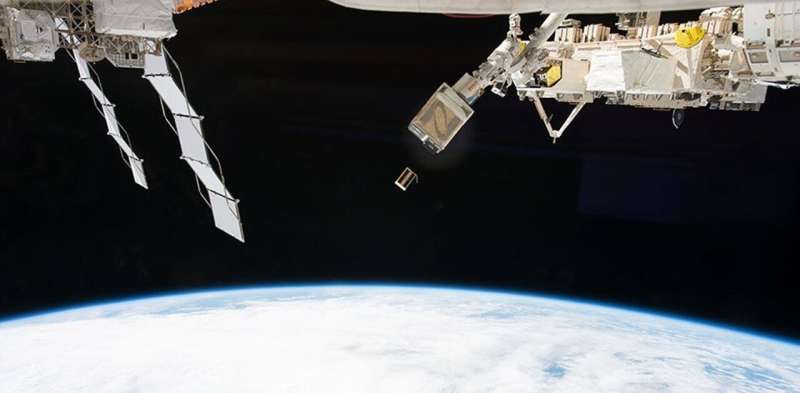
Copernical Team
Artemis rover to land near Nobile region of Lunar south pole
 In 2023, NASA's Volatiles Investigating Polar Exploration Rover (VIPER) will land near the western edge of the Nobile Crater at the Moon's South Pole to map and explore the region's surface and subsurface for water and other resources. Part of Artemis, VIPER will launch on a SpaceX Falcon-Heavy rocket for delivery to the Moon by Astrobotic's Griffin lander under NASA's Commercial Lunar Payload
In 2023, NASA's Volatiles Investigating Polar Exploration Rover (VIPER) will land near the western edge of the Nobile Crater at the Moon's South Pole to map and explore the region's surface and subsurface for water and other resources. Part of Artemis, VIPER will launch on a SpaceX Falcon-Heavy rocket for delivery to the Moon by Astrobotic's Griffin lander under NASA's Commercial Lunar Payload
NASA selects Moon site for ice-hunting rover
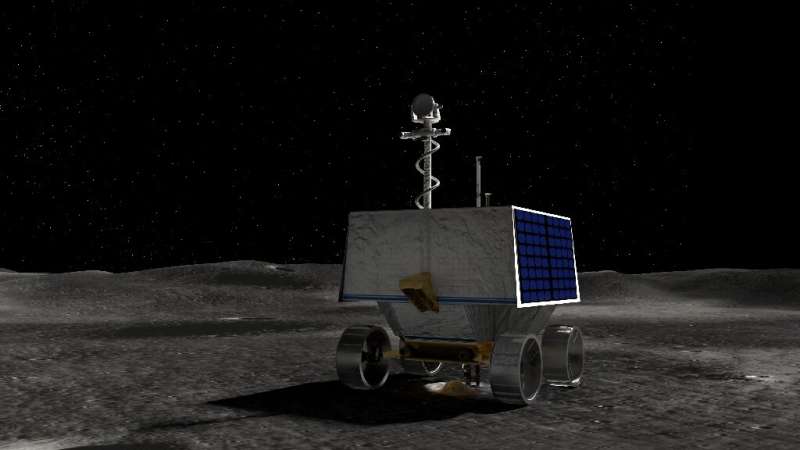
NASA on Monday announced it would land an ice-seeking rover on a region of the Moon's south pole called the Nobile Crater in 2023.
The space agency hopes the robot will confirm the presence of water ice just below the surface, which could one day be converted into rocket fuel for missions to Mars and deeper into the cosmos.
"Nobile Crater is an impact crater near the south pole that was born through a collision with another smaller celestial body," Lori Glaze, director of NASA's planetary science division told reporters.
It is one of the solar system's coldest regions, and has only so far been probed from afar using sensors such as those aboard NASA's Lunar Reconnaissance Orbiter and the Lunar Crater Observation and Sensing Satellite.
Solar electric propulsion makes NASA's Psyche spacecraft go
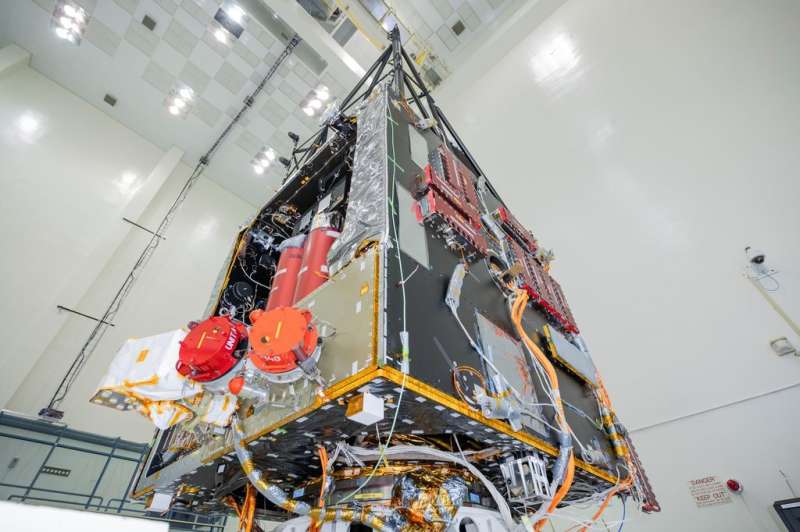
When it comes time for NASA's Psyche spacecraft to power itself through deep space, it'll be more brain than brawn that does the work. Once the stuff of science fiction, the efficient and quiet power of electric propulsion will provide the force that propels the Psyche spacecraft all the way to the main asteroid belt between Mars and Jupiter. The orbiter's target: A metal-rich asteroid also called Psyche.
The spacecraft will launch in August 2022 and travel about 1.5 billion miles (2.4 billion kilometers) over three and a half years to get to the asteroid, which scientists believe may be part of the core of a planetesimal, the building block of an early rocky planet.
How many satellites are orbiting Earth?
It seems like every week, another rocket is launched into space carrying rovers to Mars, tourists or, most commonly, satellites. The idea that "space is getting crowded" has been around for a few years now, but just how crowded is it? And how crowded is it going to get?

I am a professor of physics and director of the Center for Space Science and Technology at the University of Massachusetts, Lowell. Many satellites that were put into orbit have gone dead and burned up in the atmosphere, but thousands remain.
A catalog of solar stream interactions
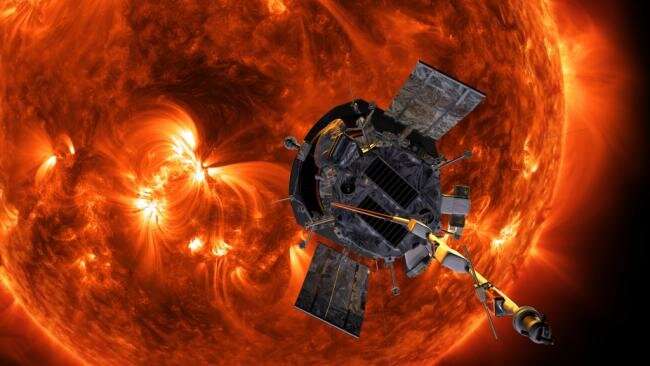
When a fast solar wind stream erupts from a coronal hole (a cooler region in the Sun's atmosphere) and overtakes a slower moving solar wind stream, a stream interaction region (SIR) can form. In the SIR, a density "pileup" of compressed plasma develops upstream of the interface; typically there is a peak in pressure followed by a rarefaction region in the fast solar wind component. As the SIR propagates away from the Sun, to distances of one astronomical unit or beyond, the compression can form a shock that efficiently accelerates charged particles.
Swimmers show sporting success using satellites

Athletes who participated in an open-air mass sporting event at the weekend had images of their sporting prowess sent to family and friends within seconds, thanks to a space-enabled app.
Joining forces for Aeolus

For a team of scientists and technicians from Europe and the US, the fact of ‘going back to the office’ this September has meant heading off to the Cabo Verde islands in the Atlantic – not to extend their summer holidays, but for a complex international experiment campaign that will scrutinise the data being delivered by one of today’s most innovative Earth observation satellites: ESA’s Aeolus wind mission.
Trailblazing tourist trip to orbit ends with splashdown
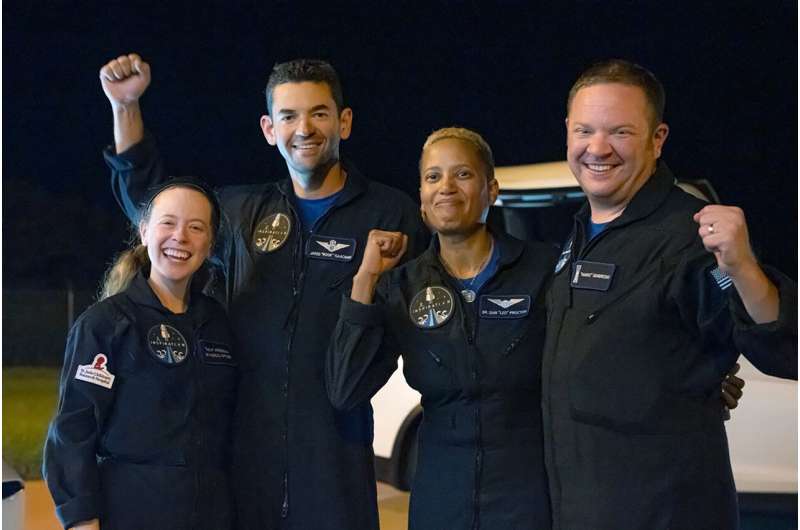
NASA's Ingenuity Helicopter Captures a Mars Rock Feature in 3D
 NASA's Ingenuity Mars Helicopter provided a 3D view of a rock-covered mound during its 13th flight on Sept. 4. The plan for this reconnaissance mission into the "South Seitah" region of Mars' Jezero Crater was to capture images of this geologic target - nicknamed "Faillefeu" (after a medieval abbey in the French Alps) by the agency's Perseverance rover team - and to obtain the color pictures fro
NASA's Ingenuity Mars Helicopter provided a 3D view of a rock-covered mound during its 13th flight on Sept. 4. The plan for this reconnaissance mission into the "South Seitah" region of Mars' Jezero Crater was to capture images of this geologic target - nicknamed "Faillefeu" (after a medieval abbey in the French Alps) by the agency's Perseverance rover team - and to obtain the color pictures fro China prepares to launch Tianzhou-3 cargo spacecraft
 The combination of the Tianzhou-3 cargo spacecraft and a Long March-7 Y4 carrier rocket has been transferred to the launching area of the Wenchang Spacecraft Launch Site, the China Manned Space Agency (CMSA) said Thursday.
The CMSA said the Tianzhou-3 cargo spacecraft will be launched in the near future at an appropriate time.
The facilities and equipment at the Wenchang Spacecraft L
The combination of the Tianzhou-3 cargo spacecraft and a Long March-7 Y4 carrier rocket has been transferred to the launching area of the Wenchang Spacecraft Launch Site, the China Manned Space Agency (CMSA) said Thursday.
The CMSA said the Tianzhou-3 cargo spacecraft will be launched in the near future at an appropriate time.
The facilities and equipment at the Wenchang Spacecraft L 
